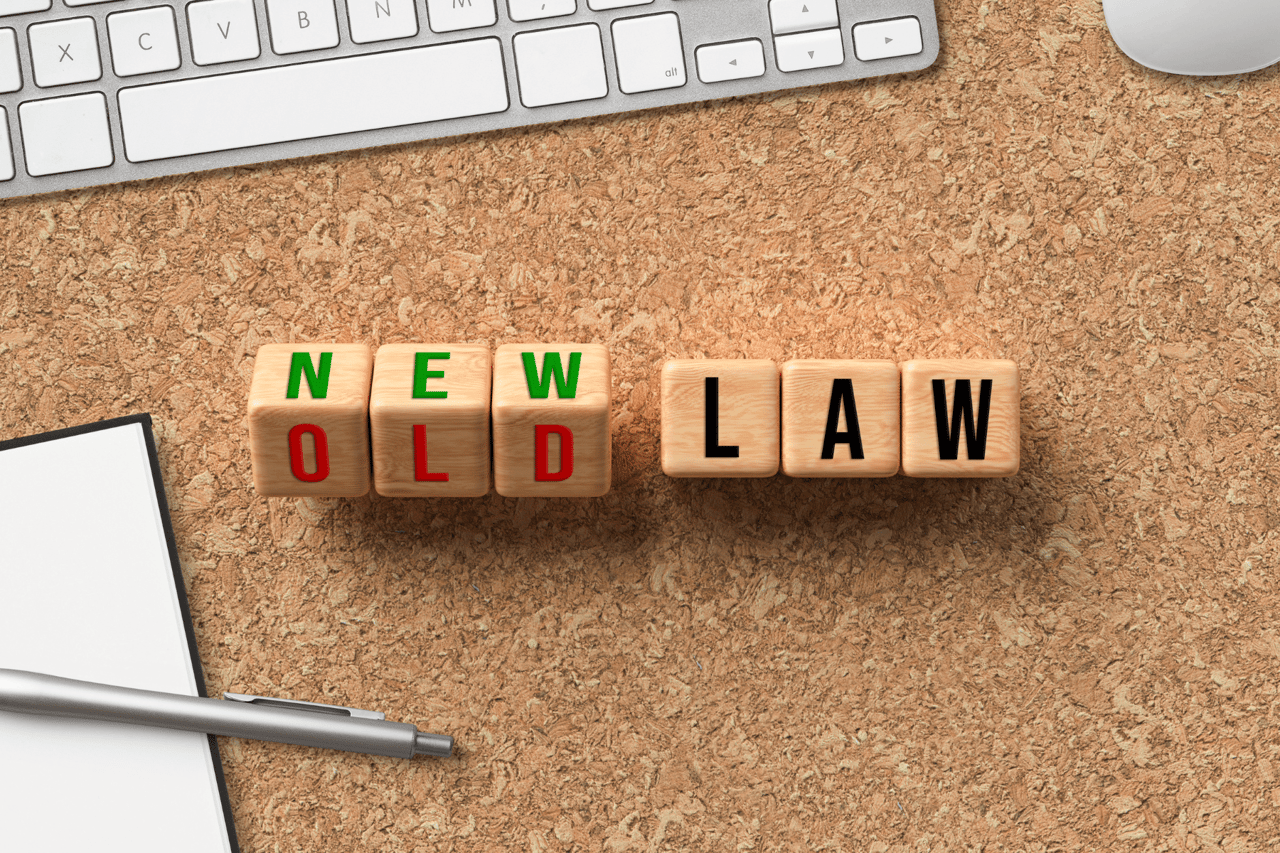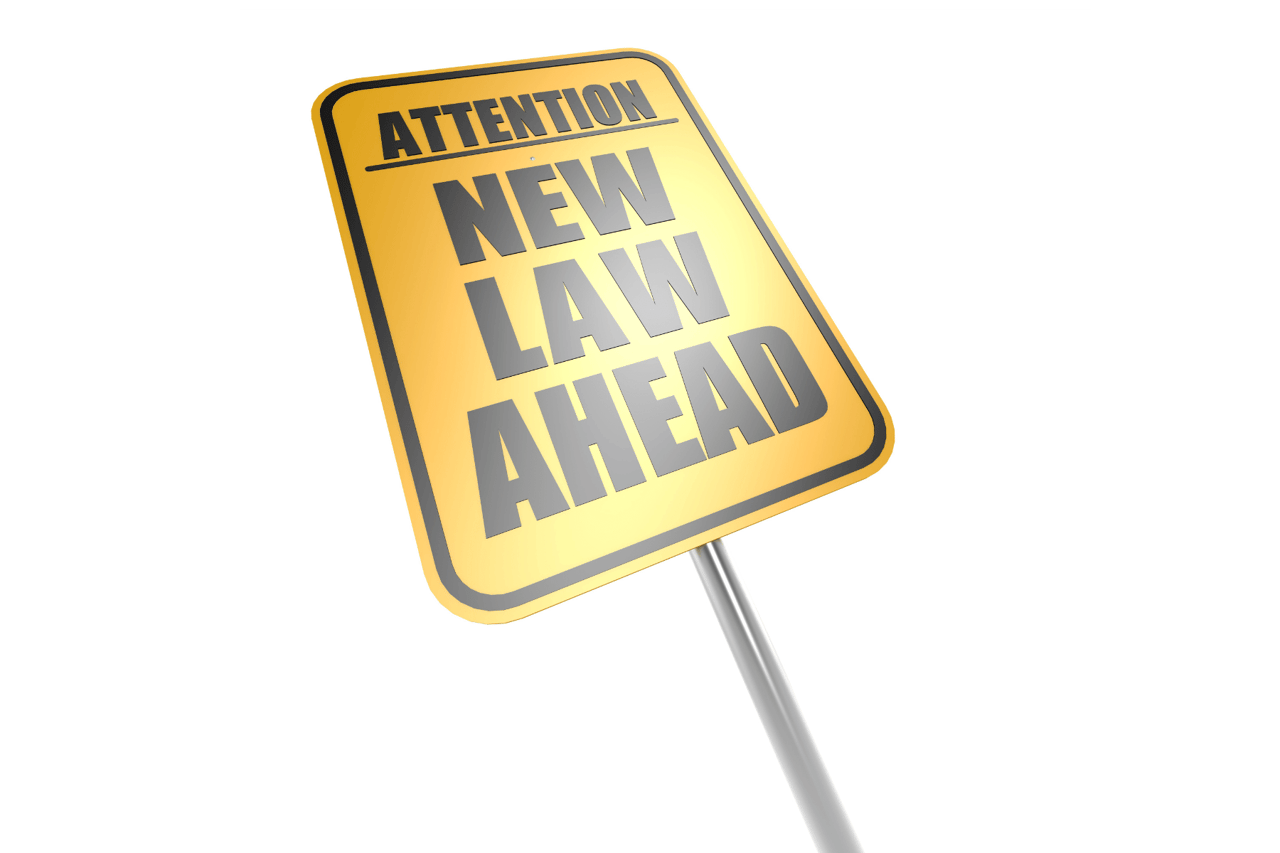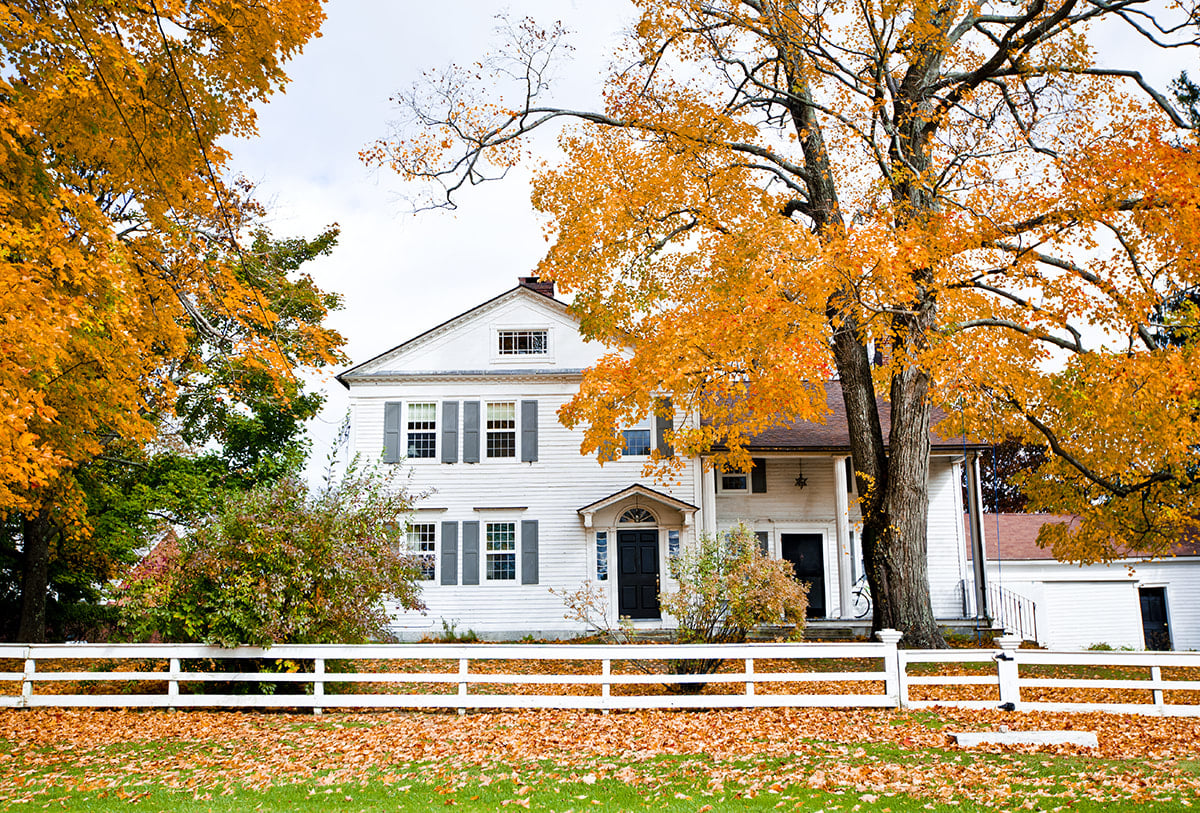How to Prepare to be a Homeowner
The benefits of renting make it an appealing option for many young people. Sure, being a renter is a relatively flexible housing solution with little financial risk and minimal responsibility, but there will come a time when you decide you’re ready for the next step in life–homeownership. We believe the best way to prepare you for your transition from renter to owner is to help you understand the biggest differences between the two.
So, follow along to learn more!
1. Get In the Equity Mindset
As a renter, you’re familiar with the concept of “renting”. You pay a landlord an amount of money each month in exchange for a place to live. It’s a fair transaction but a place to live is all you’ll ever get for your buck.
As a homeowner, your monthly payments typically go towards reducing the unpaid principal balance on your mortgage. Monthly payments increase the amount of equity you have in your home. Not only do you have a place to live, but you’re one step closer to making that place YOURS!
2. See The Value In Appreciation
Depending on market conditions, it’s possible that your home’s value will appreciate every year you own it. If this is the case, you made a great investment. But, as a homeowner, you assume the risk that your property value might depreciate and be worth less than what you bought it for. Whether a property value appreciates or depreciates, you won’t see a huge value impact as a renter.
3. Understand The Commitment
As a renter, your only commitment is to a lease agreement. Once that lease agreement expires, you’re free to leave at zero cost. You have zero value from the money you’re putting towards rent every month, but you also don’t have to stay in one area for too long.
Becoming a homeowner is a much bigger commitment to your neighborhood than renting. Aside from the mortgage, you’re committing to keeping up with the associated costs including repair and maintenance costs, taxes, and other miscellaneous fees. In return, you get the freedom to own property, more space, and a return on investment that could grow over time.
4. Know What Homeowners Insurance Includes
Landlords generally require their tenants to have renters insurance which covers damages to personal property. Similarly, mortgage lenders require homeowners to have “homeowners insurance”. In addition to covering damage to personal property, homeowner’s insurance covers structural damage to the house itself. This added protection makes homeowners insurance pricey.
5. Be Ready to Take On the Responsibility
When you’re a tenant, you rely on your landlord for the general upkeep of your property and any repairs. As a homeowner, there is no one else but yourself to accept responsibility for the maintenance. Consider the costs which could include repairing the roof and siding, broken windows, heating and air conditioning maintenance, lawn care, snow removal, plumbing, electrical, painting, and more.
6. Keep In Mind the Tax Deductions
If you think you don’t pay property taxes as a renter, you’re misled. Your landlord likely includes them in your rent. One advantage of paying taxes as a homeowner is that they are 100% tax deductible–a break you don’t get as a renter!
Going from Renter to Homeowner with The Redbud Group
Now that you understand the major differences between renting and owning, you should feel more prepared to make the shift. It is our hope that the transition is smooth and proves to be rewarding–as homeownership should be.
For more details on how to transition into a first-time homebuyer click the button below to get into contact with one of our expert real estate agents!




